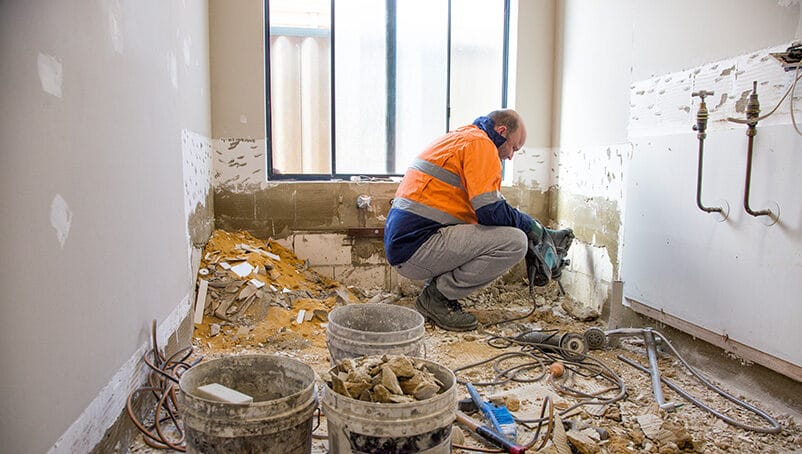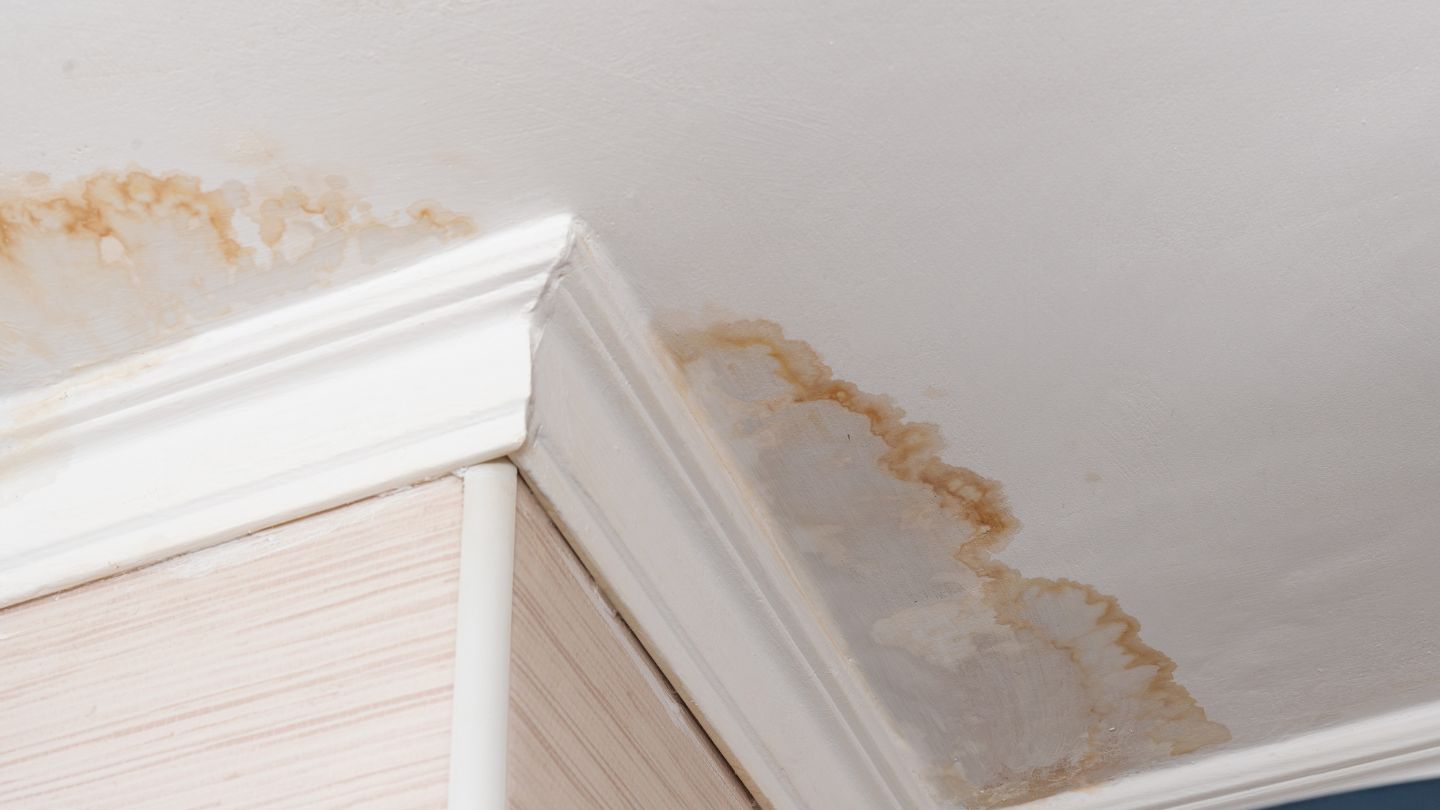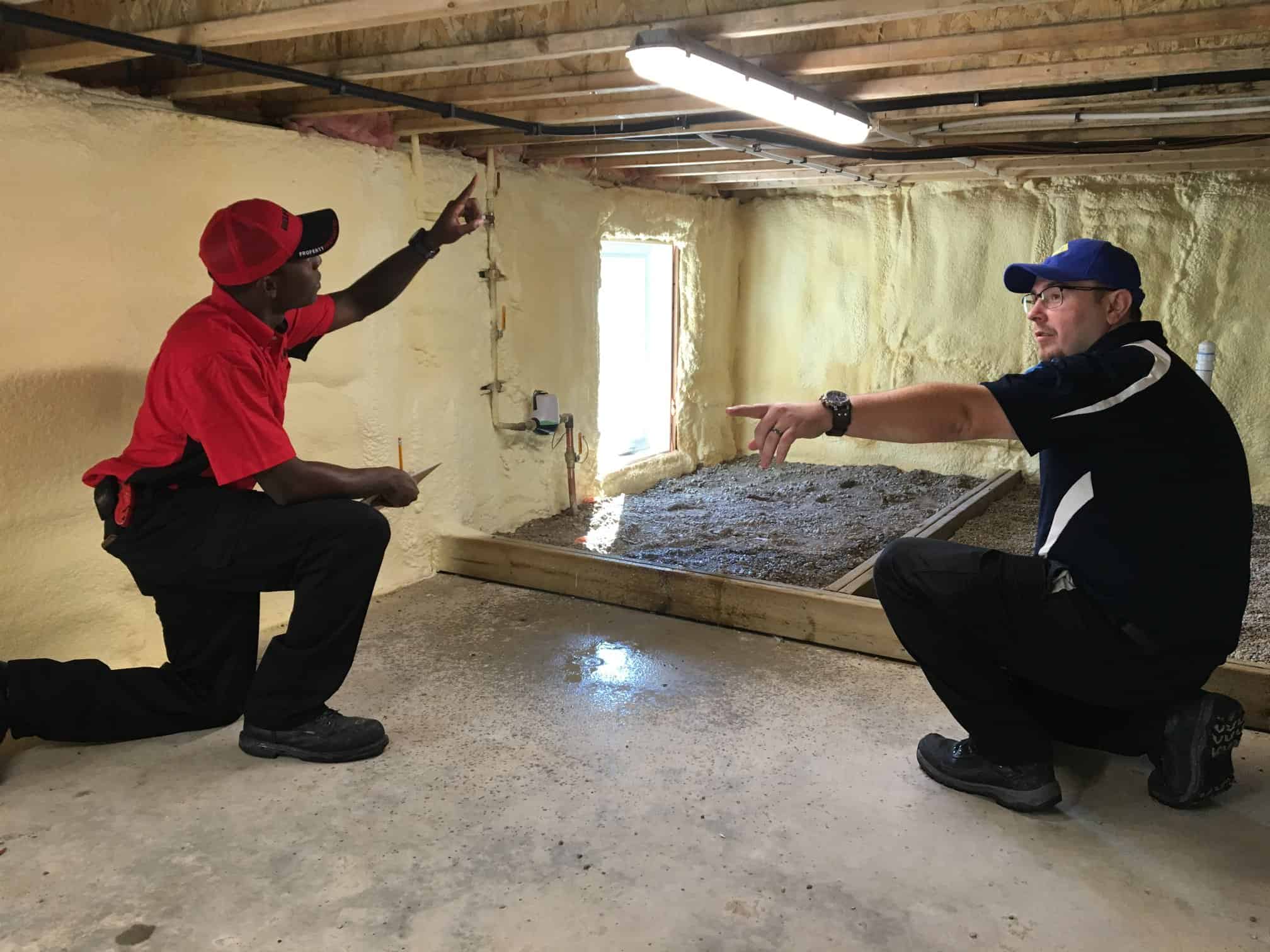Emergency Water Damage Restoration to Restore Your Property Quickly
Wiki Article
The Refine of Water Damages Cleanup: Ensuring Your Home Is Brought Back Successfully
Water damage can be a difficult challenge for homeowners, necessitating a thorough and organized cleanup process to recover safety and capability. damage restoration services. Following this, efficient water extraction techniques play a pivotal duty in minimizing more injury.Analyzing the Damages
Upon finding water damages, the primary step is to thoroughly analyze the degree of the effect. This preliminary examination is crucial, as it helps establish the required actions for reliable cleanup and remediation. Begin by checking the affected areas, including wall surfaces, ceilings, floors, and individual belongings, to determine the source of the water intrusion, whether from flooding, leaks, or condensation.Documenting the damages is vital for both insurance coverage cases and planning restoration efforts - damage restoration services. Usage photos and created notes to catch the extent of the damage, keeping in mind any type of damaged structural components and materials. Pay special interest to locations that might not be instantly noticeable, such as behind wall surfaces and under rugs, as concealed moisture can cause further issues, including mold and mildew growth
Furthermore, analyze the timeline of the water exposure. Eventually, an extensive analysis lays the foundation for a successful water damages cleaning process, making certain that all influenced locations are addressed successfully and thoroughly.
Water Extraction Methods

Experts commonly employ completely submersible pumps for larger quantities of water, which can quickly relieve flooding in basements or various other influenced areas. For smaller quantities, wet/dry vacuums are typically used to draw out residual dampness from carpets and hard surfaces. Furthermore, using portable extractors permits for targeted removal in restricted spaces or locations with delicate products.
In circumstances of contaminated water, such as sewage or floodwater, progressed extraction strategies may involve using biohazard equipment to make sure security and compliance with health policies. High-powered extraction devices are important in decreasing water retention in structural products, which can cause mold and mildew development and architectural deterioration otherwise addressed quickly.
Ultimately, the effectiveness of water extraction strategies plays a crucial role in the overall success of the water damages clean-up process, preparing for subsequent restoration efforts.
Drying and Dehumidification
When standing water has actually been effectively removed, the next critical phase in the water damages clean-up process is drying and dehumidification. This step is vital to stop more damage and mold growth, which can occur within 24 to 2 days in damp environments.To accomplish efficient drying out, customized equipment such as industrial-grade air moving companies and dehumidifiers is used. Air movers distribute air throughout damp surface areas, improving dissipation rates, while dehumidifiers lower moisture degrees airborne, advertising a conducive setting for drying out. The mix of these devices makes sure that wetness is attracted out from furnishings, floors, and walls, enabling them to dry extensively.
It is essential to monitor the drying out procedure very closely. Specialists typically utilize wetness meters to examine the moisture web content in different products, ensuring that all affected areas get to acceptable dryness levels. This meticulous technique aids to prevent concealed wetness pockets that could cause architectural damage or undesirable mold growth.

Cleansing and Disinfecting
After the drying out and dehumidification phase is total, the following essential action in water damage cleanup is cleansing and sanitizing the impacted locations. This process is crucial to stop the growth of mold, germs, and various other microorganisms that thrive in moist atmospheres.The cleansing stage normally involves removing any kind of debris, dust, and impurities from surface areas using specialized cleaning agents. For difficult surface areas, a mix of soap and water or business cleansing items is often used. Soft materials, such as furniture and rugs, may call for much more extensive cleaning techniques, consisting of steam cleaning or deep extraction techniques, to ensure comprehensive cleanliness.

Sterilizing follows cleansing, utilizing EPA-approved disinfectants to remove dangerous microorganisms. This action is vital, especially in locations that may have entered contact with floodwaters or sewage, as these sources can position major health and wellness threats.
In addition, it is very important to address water mitigation company any remaining smells, which may require the use of smell neutralizers or sophisticated methods like ozone treatment. Proper cleaning and disinfecting not just restore the safety and security and hygiene of your home yet likewise lay the foundation for successful reconstruction and repair services in succeeding phases of the water damages cleaning procedure.
Reconstruction and Repair Work

When the analysis is complete, restoration initiatives can start. This usually includes fixing or replacing damaged products, making certain that all work adheres to regional building regulations and standards. If drywall has been jeopardized, it will need to be removed and changed with brand-new material. Additionally, floor covering may need similar attention, depending upon the degree of water exposure.
It is important to engage seasoned repair professionals during this procedure, as they possess the expertise to manage complex fixings effectively. Moreover, they can aid alleviate possible future problems, such as mold and mildew development or structural instability, therefore guaranteeing a secure and habitable living setting. Ultimately, efficient restoration and repair services restore the home's honesty and enhance its overall worth.
Conclusion
In final thought, the procedure of water damage cleanup is critical for restoring a home to its pre-damage condition. Each phase, from examining the damages to executing reliable water removal techniques, followed by extensive drying out, disinfecting, and necessary repair services, plays a necessary role in making sure safety and conformity with structure requirements. Reliable execution of these actions not just mitigates prompt damages however also boosts the long-lasting stability and worth of the residential property.Water damage can be a difficult challenge for homeowners, requiring a meticulous and structured cleaning procedure to restore security and functionality. Eventually, an extensive assessment lays the foundation for an effective water damage cleanup procedure, making sure that all influenced locations are resolved effectively and thoroughly.
Effective water removal strategies are crucial in reducing damages and protecting against more issues adhering to a water breach event.In conclusion, the process of water damages cleanup is crucial for recovering a home to its pre-damage condition. Each stage, from analyzing the damage to applying effective water removal methods, complied with by detailed drying, sterilizing, and required repair services, plays a vital role in making sure safety and compliance with building criteria.
Report this wiki page